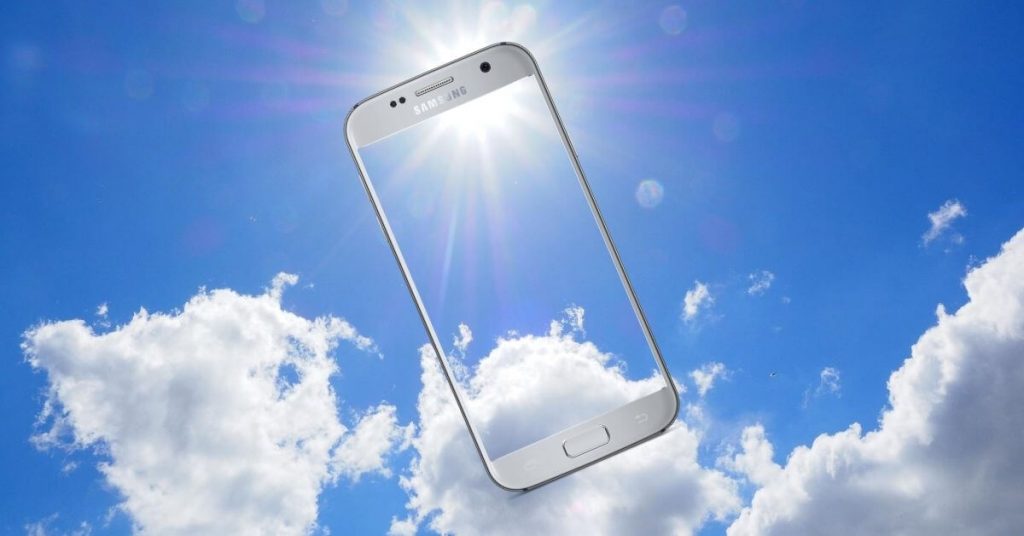Summer heat is the reason why your device is more likely to overheat. So, it can go out at the most inopportune moment, get damaged or fail. We tell you how to prevent this – here are 5 tips.
1. Do not place your smartphone in direct sunlight
If you leave your smartphone in the sun, it will heat up quickly. Next, what happens to the iPhone in the cold will happen to your phone – it turns off and cannot work until the case temperature becomes acceptable.

The temperature range at which the mobile device can operate is limited. You can use it in an environment between 32 and 95 °F, and store it off in an environment between -4 and 113 ° F.
However, turning off the device is not the worst thing that can happen. In addition, sun spots may appear on the screen. It will be possible to get rid of them only by replacing the matrix in the service center.
Devices with AMOLED displays are especially vulnerable to damage from sun rays. Colors can fade over time and pixels fade. Therefore, any smartphone, in principle, should not be kept in direct light for more than a few minutes.
2. Do not use a cover and protective film
The main question is to carry a smartphone with or without body protection. There are two extremes here. On the one hand, dust, sand, an active lifestyle – all this increases the chance of scratches or cracks. On the other hand, a protective film and a cover made of silicone or dense fabric – plus one layer, which reduces the thermal conductivity of the case.
The cover of the smartphone body can be made of one of three materials: metal, plastic or glass. All, except for the last one, have high thermal conductivity. However, this is only a surface layer, the protective glass is so thin that it does not reduce this property of the metal. Therefore, the temperature of the heated device decreases rapidly.
With a cover and a film, the cooling system will cope with the task much worse. This can lead to the fact that the device will cool for a long time and begin to shut down. And so, even if you took out the device to take a photo, it will heat up while you are shooting, but when you put the device in your pocket, the temperature will quickly drop
3. Do not overload your device with movies and heavy applications
Your smartphone’s processor heats up depending on how powerful it is. The number of open applications, their exactingness, video resolution – all this directly affects the load: the higher, the worse.
For example, the load from the applications used will be stronger than from an open browser and messenger. In a stuffy room or under the open rays of the sun, the device will heat up even faster and take longer to cool. Therefore, it is better to refuse demanding tasks under the open sun.
4. Do not use your smartphone with a weak LTE signal
The worse the cellular signal, the faster the battery will drain. This is due to the fact that the transmitter of the device is forced to work at a higher power in order to maintain a connection to the network, explains Samsung’s situation on the official website.
Accordingly, the processor will heat up more than usual. Returning to the previous point: in the heat and in a stuffy room, the cooling system will have to be harder. Using a smartphone in such conditions should be kept to a minimum, and if at the same time you have problems with the network, then you should not at all.
5. If your smartphone is overheated, put it aside. Do not use or charge it
Place your phone in the shade and leave it idle. When transferring data, the load on the processor and the battery increases and the temperature rises accordingly.
Also, do not connect the device to a charger: when the battery is replenished, the case also heats up – the more powerful the adapter, the stronger. Then the temperature of the device will return to normal in a few minutes.

